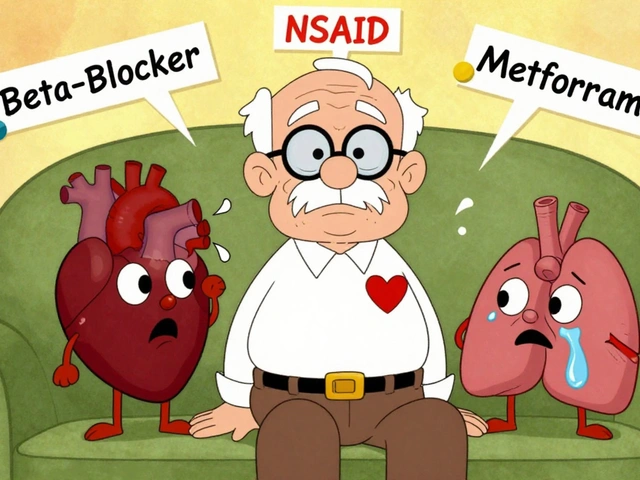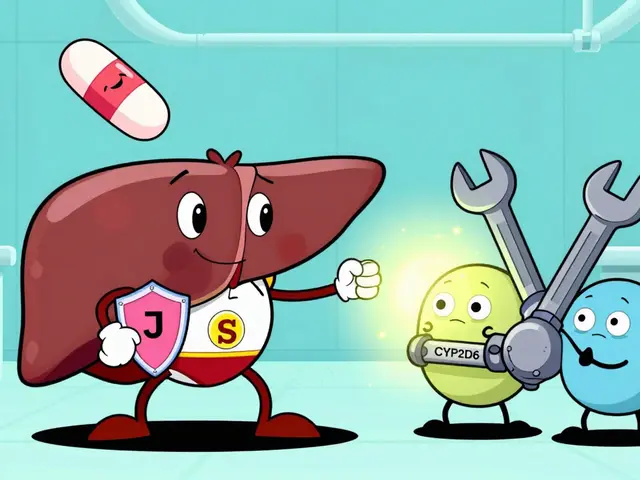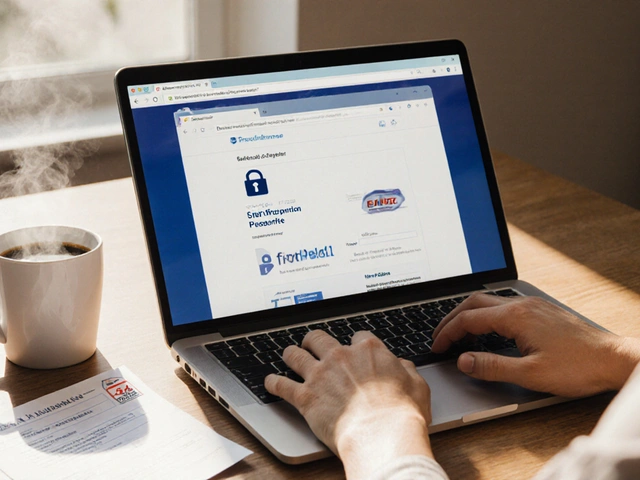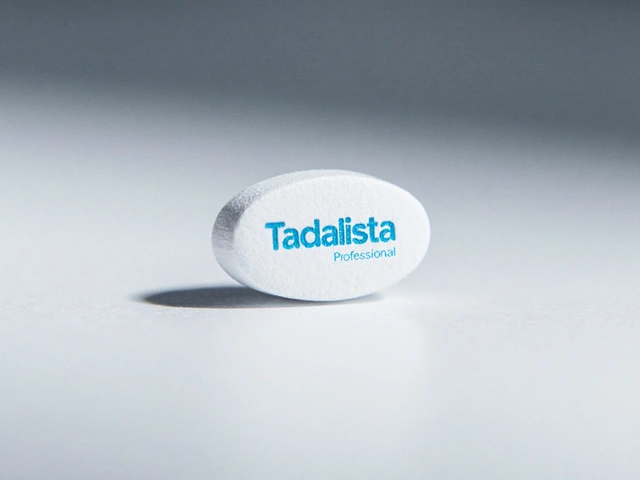Anthrax: what it looks like and how to act fast
Anthrax is an infection caused by the bacterium Bacillus anthracis. You’ve probably heard dramatic headlines, but the reality is straightforward: anthrax can be serious, but there are clear tests, treatments, and steps to reduce risk. This page gives practical, plain-language info so you know what to look for and what to do.
How anthrax spreads and common symptoms
There are four main ways people get anthrax: through a cut in the skin (cutaneous), by breathing spores (inhalation), by eating contaminated food (gastrointestinal), or via injection (rare, linked to drug use). Cutaneous anthrax starts as a red bump that turns into a painless black ulcer. Inhalation anthrax often begins with flu-like symptoms—fever, cough, fatigue—then can rapidly worsen to severe breathing trouble and shock. Gastrointestinal cases cause severe belly pain, vomiting, and bloody diarrhea. Injection anthrax looks like a deep soft-tissue infection that doesn’t respond to normal wound care.
Anthrax spores are tough. They can survive in soil and on animal products for years. People most at risk work with animal hides, wool, or in some lab or military settings. Travel to areas where animal vaccination is low also raises risk.
What to do if you suspect exposure
If you think you’ve been exposed or have worrying symptoms, get medical help right away. Don’t try home remedies. Doctors will ask about your recent job, travel, and any contact with animal products. Labs can confirm anthrax with culture, PCR, or blood tests. Public health teams may get involved to trace and contain exposure.
Treatment depends on the form of anthrax. Antibiotics commonly used include ciprofloxacin, doxycycline, and penicillin—doctors choose based on the situation and test results. For inhalation anthrax, hospital care with IV antibiotics and sometimes antitoxin is often needed. After certain exposures, doctors may give preventive antibiotics for about 60 days and sometimes an anthrax vaccine as post-exposure prophylaxis.
Prevention is mostly about avoiding exposure: wear gloves and masks when handling hides or animal carcasses, follow workplace safety rules, and get vaccinated if you’re in a high-risk job (the licensed vaccine in many places is called AVA or BioThrax). If you find suspicious powder or packages, don’t touch them—move away and call local authorities.
Decontamination and disposal are handled by trained teams. While household bleach can inactivate spores on small surfaces, don’t try to clean large or unknown contamination yourself; call emergency services or public health for guidance.
Questions for your clinician: ask what tests they’re using, which antibiotic they recommend, whether you need hospital care, and whether public health follow-up is needed. If you work with animals or animal products, check on animal vaccination and safe handling rules.
Quick action matters. If you suspect anthrax exposure, get checked promptly and follow public health advice. That’s the best way to protect yourself and others.





